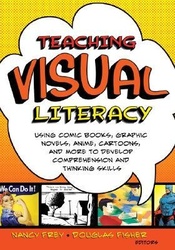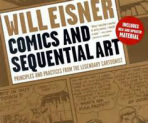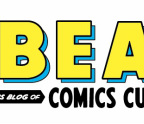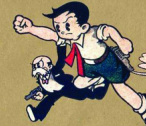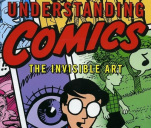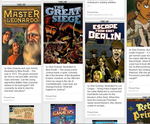FOR EDUCATORS
Featured below are links to graphica for the K-12 classroom as well as resources for using comics in an educational setting. Many of the series featured are multiple award-winners and come from the recognized industry leaders in educational publishing, like Scholastic, Oxford, Harcourt, and Rubicon.
Graphic Novel Series for Kids
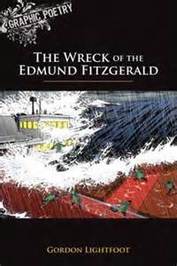
Winner of the 2010 Textbook Excellence Award and the 2011 Teachers' Choice Award from Learning Magazine, Graphic Poetry is a Scholastic series for Middle & High School students that features classic and contemporary poems and ballads in a graphic novel format, complete with the poet's biography and a "Between the Lines" section focusing on a specific literary feature.
|
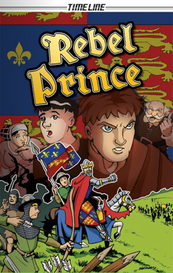
Timeline is a series of graphic novels from Scholastic for students in Grades 5-9 that feature a young fictional protagonist and real historical characters at a famous moment in history. The books include chapter ending "Timeouts" that deal with a non-fiction element explored in the chapter as well as a "Moving On" section that brings students up to the present and helps consolidate their learning.
|
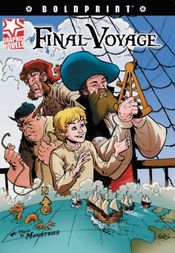
Winner of the 2010 TEA, the 2011 TCA, and the 2013 AEP Distinguished Achievement Award, Boldprint Graphic Novels from Oxford Canada and Harcourt US are high-interest comics in a variety of genres for students in Grades 4-8. The books contain links to existing curriculum, and and have been carefully leveled and edited to be suitable for younger readers.
|
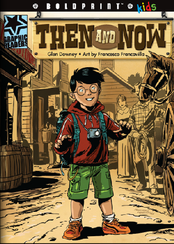
Winner of the 2010 Textbook Excellence Award, Boldprint Kids Graphic Readers are leveled and edited for the K-3 classroom. Books in the series are all linked to existing curricula in the areas of Math, Science, and Social Studies, and feature a range of artists including Eisner Award-winner, Francesco Francavilla.
|
Resources to Teach Comics in the Classroom
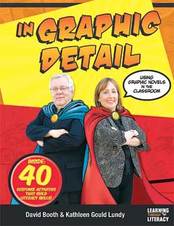
Award-winning educators, David Booth and Kathy Gould Lundy, look at the use of graphic novels in the classroom in this activities-based book designed for the K-12 classroom. Exercises involve not simply reading and writing but help to develop the student's ability to express their learning through visual art and drama.
|
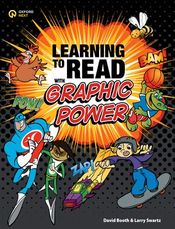
This book is designed to develop core literacy skills by having students engage with visual narrative. Using examples from the award-winning Boldprint Kids Graphic Readers series, the book shows why graphic novels should be in the classroom and how they can connect to pre-existing literacy programs.
|
